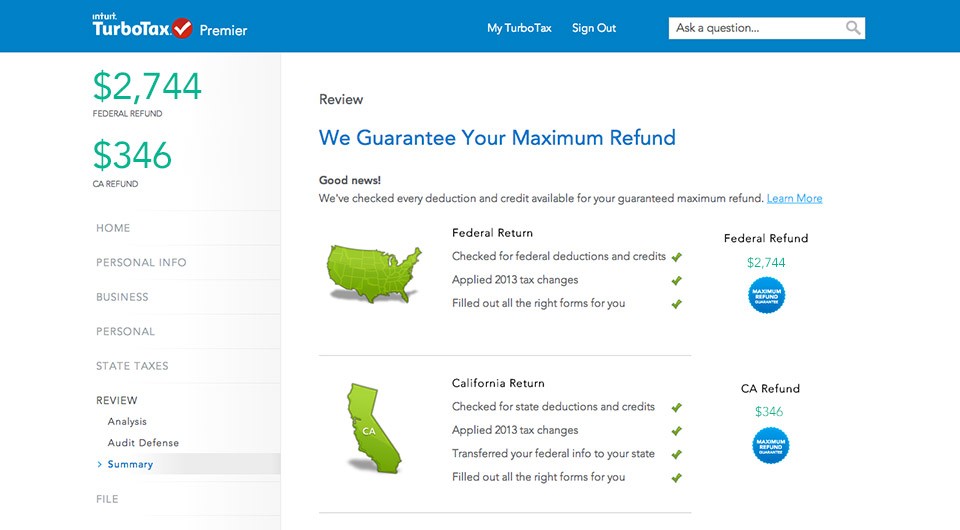Make Taxes Easier Track Your Cost Basis
Post on: 16 Март, 2015 No Comment

When you sell your shares in an investment for a profit, you will need to pay taxes on that profit. But how do you know exactly how much you are supposed to pay, especially if you have had the investment for a long time?
Here’s where cost basis comes in. Your cost basis is how much you paid when you first purchased your investment. Subtract the cost basis from the amount the investment is worth now, and that’s your profit, on which you will be taxed.
But it isn’t that simple, especially if you reinvest your dividends or receive stock as a gift. Changes within a company, such as splits, mergers and takeovers, can change the cost basis. Unfortunately, getting your cost basis wrong might mean Uncle Sam takes a bigger bite from your investment earnings.
The Standard Cost Basis Formula
Whenever you sell all your shares of a certain stock, follow this formula:
Original Purchase Price + Commissions + Reinvested Dividends = Cost Basis
To get the reinvested dividends, tally up your earnings reported on the 1099 you receive each year you hold the investment. This is proof that it is wise to hang on to your tax forms. You have already paid taxes on this money, even though you reinvested it, which is why you can add it to your cost basis.
Then, to find out how much you have to pay in taxes, use this formula:
Sale Price — Cost Basis = Taxable Income
If you forget to calculate your cost basis by adding the reinvested dividends, you will wind up having less to subtract from the sale price, which means you’ll pay more to the government and earn less from your investment.
The same holds true for losses. By calculating your cost basis and remembering to add in your reinvested earnings, your tax paperwork will indicate that you lost more money, and that can help you with your tax bill.
Cost Basis Complications
Calculating cost basis is not cut-and-dried. Stock splits can complicate the formula. Also, if you receive stock as a gift or as an inheritance, you are not the original buyer of the shares. For example, if you inherit stock, the cost basis is the total price of the shares on the day the original buyer dies. The price likely fluctuated within a whole day, so take the average of the high and low stock price for that day. You should print out the information and keep it on file in case the IRS wants to know. When you’ve held a company’s stock for a long time or you want to sell stock that you did not buy yourself, you may want to consult an accountant to find out how you should calculate the cost basis.














